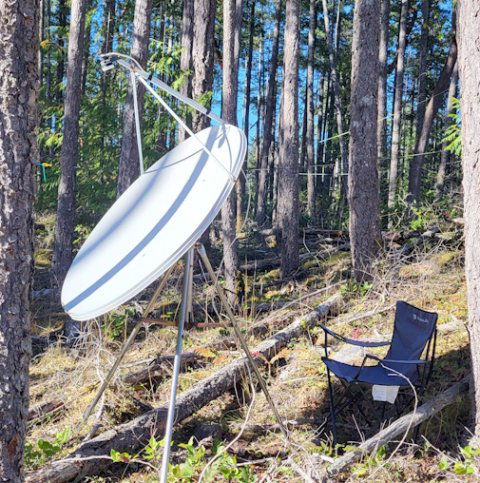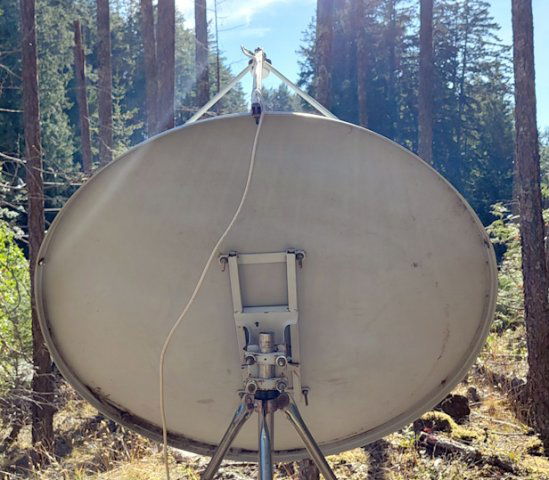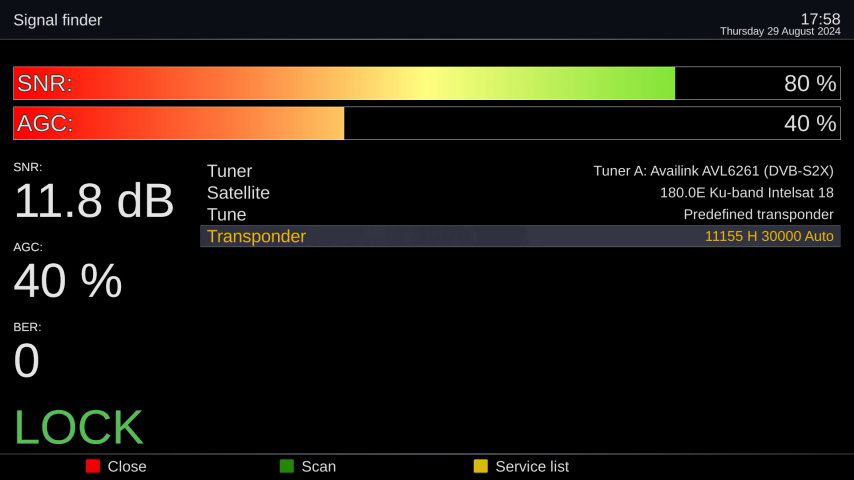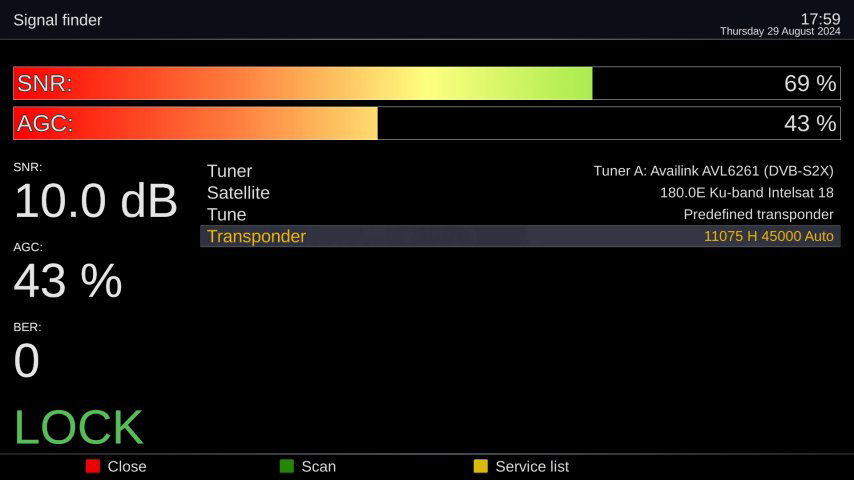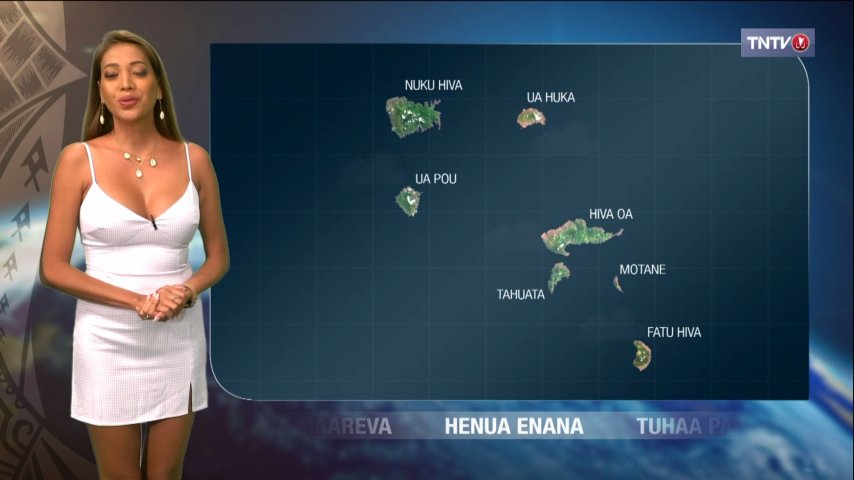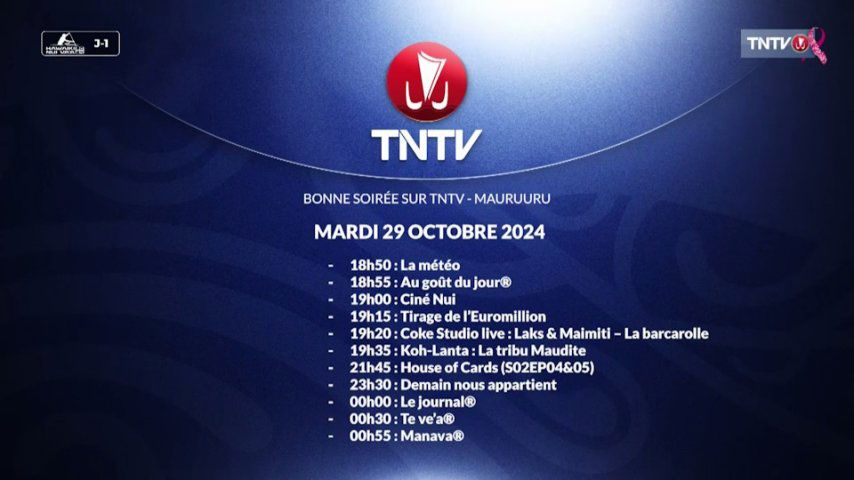This situation is quite common on international C-band satellites such as 58 West, but it lost quite a few TPs during the month of August. It previously had several frequencies that were the same on both H and C polarity, for comparison purposes. Once you have relatively good signals from one frequency on H and another on V, and have achieved best quality or C/N reading in dB, there is an old trick that makes it even more precise. There is a spot on each polarity (should be 90 degrees out from the other) where nulling out a frequency from the opposite side creates maximum separation. This results in an even greater signal on each polarity, which is the best way to get maximum signal when encountering a frequency that is using both Horizontal and Vertical for two separate transponders. If you have a spectrum analyzer and look at the display, you will see a very sharp drop of the unwanted signal from opposite side when rotated to this precise spot. Otherwise, those using LNBFs that are not perfectly aligned in skew rotation will experience serious competition between frequencies used on both H and V. You will never get it right until you find that spot, and I was taught many years ago to create such a null to maximize the desired channels on each side. Good luck!



